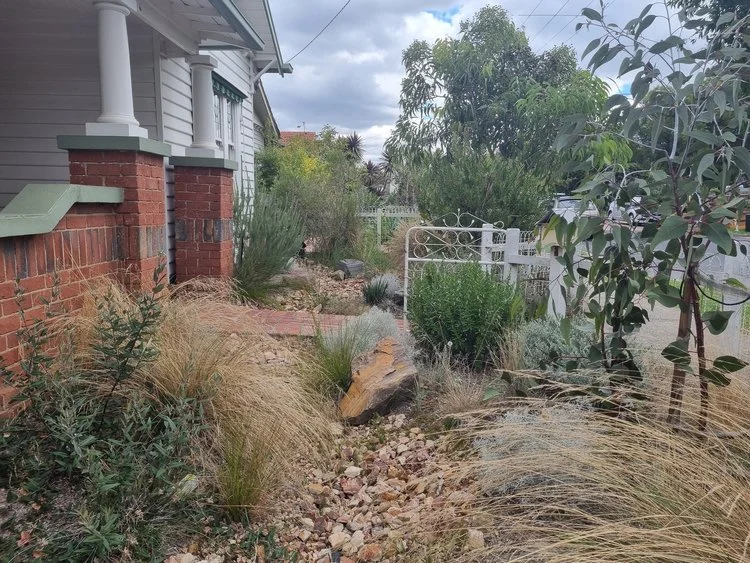Rainwater tanks: the unsung and unloved heroes of urban water
There was a front-page story on home batteries on the ABC site recently. But what about the equivalent for water; the rainwater tank?
We know that over 35% of households have rainwater tanks in Melbourne (from Australian Bureau of Statistics surveys).
And we know that they are very popular when there is talk of water restrictions being imposed.
Rainwater tanks are also ironically very popular during times of floods when the mains water treatment processes struggle with runoff.
Several local councils in Melbourne, Sydney, Brisbane and other cities across Australia install rainwater tanks on their own buildings. Predominantly, councils aim to save potable water usage inside the buildings, with some irrigation output too.
Audit of rainwater tanks
We recently did an audit of almost 100 council-owned rainwater tanks within one local government area. The audit involved assessing their condition and performance and modelling the water savings.
It is common for councils and large organisations, with several buildings and properties, to be unsure of how these assets are working. This is often because they are typically located at the back of buildings. Out of sight, out of mind... and generally a bit unloved. But it’s also because there is no visual cue as to when the rainwater tank is not supplying rainwater and has instead switched to using potable water.
Increasing the effectiveness of existing rainwater tanks is a very cost-effective way of saving water, reducing runoff and pollution, and keeping more water in the landscape.
Four common problems with rainwater tanks
There are four main issues that we found with rainwater tanks as part of the audit. These problems occur for both public and private assets. And all are very easily fixed.
Pumps not on
Mains water connections permanently on
Overflows not connected properly
Inlet mesh screen blocked
Optimising rainwater tanks saves water, and money
By addressing these common problems, rainwater tanks can be optimised which leads to a significantly positive impact on the environment.
Our analysis found that some rainwater tanks that are optimised will save 100,000 litres of water per year.
They can also reduce the volume of water from a roof by 80% or more.
Rainwater tank audit output
Wave Consulting produced a report for council that prioritised all of the rectifications and maintenance options.
The report also outlined the potential water savings that could be made by optimising the rainwater tanks.
We then presented the audit results, modelling and rectification options in a simple one page summary for each of the rainwater tanks.
Do your rainwater tanks need assessing?
As an innovative consultancy, with a key focus on water, we are specialists in rainwater tank modelling, water efficiency and rainwater harvesting. Get in touch today.
Email us on info@waveconsulting.com.au or call 0425 298 997.




